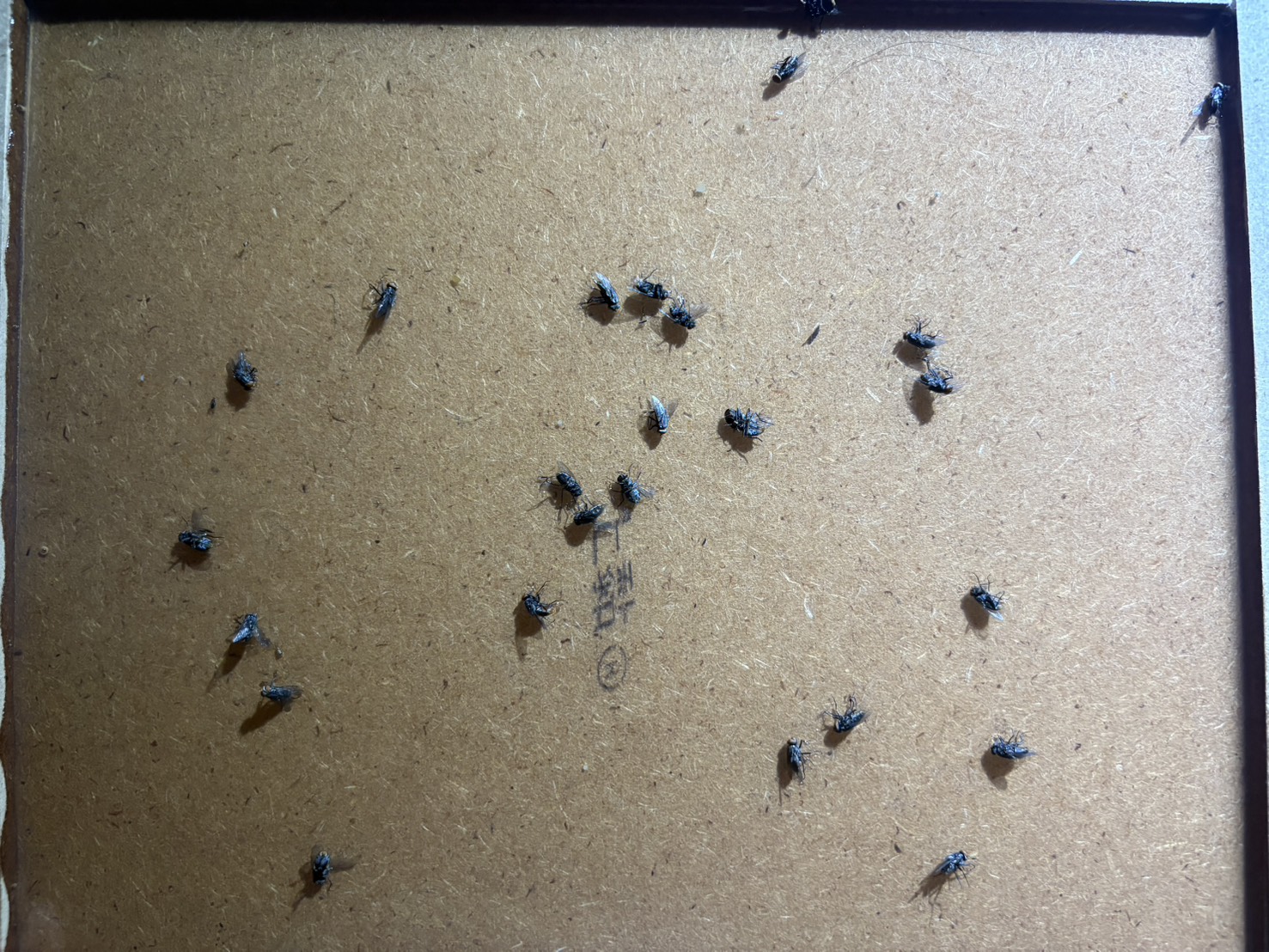小心蒼蠅就在你身邊
蒼蠅是一種常見的雙翅目昆蟲,最常見的種類是「家蠅」(Musca domestica),廣泛分布於人類居住環境中。牠們體型小,通常只有幾毫米長,擁有一對翅膀和極靈敏的複眼。擅長飛行與快速反應,能迅速逃離威脅,這使得牠們難以撲殺。雖然看似無害,但其實是多種病菌的傳播者,因牠們常棲息在垃圾、糞便或腐敗食物上,身上與口器容易沾染細菌與病原體,進而污染人類食物,引發腸胃炎、痢疾、霍亂等疾病。
會出現的主要原因,是環境中存在能供其繁殖與覓食的條件。這些條件包括腐爛食物、有機廢棄物、動物糞便、未妥善密封的垃圾桶或潮濕髒亂的角落。家蠅特別喜歡在溫暖潮濕的季節活動,夏季尤其活躍,因為高溫能加速其生長週期。一隻母蒼蠅一次可產下上百顆卵,卵會在垃圾、動物排泄物或食物殘渣中孵化成蛆,幾天內便可化蛹變成成蟲,迅速擴散。
撲殺蒼蠅的方法有許多種,最直接的是使用蒼蠅拍進行物理擊殺,或利用市售的氣霧殺蟲劑進行化學消滅。不過,殺蟲劑需注意通風與避免污染食物。另一種有效方式是設置誘捕裝置,例如利用甜味誘餌的蒼蠅黏紙、電擊捕蠅燈或自製糖醋誘捕瓶等,這些裝置能吸引蒼蠅靠近並加以捕捉。此外,也可以使用天然驅蟲劑如薄荷油、檸檬草油或丁香等精油,這些氣味能讓蒼蠅退避。
要根本解決蒼蠅問題,預防比撲殺更關鍵。首先,應保持居家與廚房環境清潔,避免留下任何食物殘渣或未封存的廚餘。垃圾應每日清理並使用蓋子密封,尤其在夏季更要勤快處理。此外,廁所與排水口也須保持乾燥與清潔,避免蒼蠅尋找產卵地點。家中門窗可加裝紗窗與密封條,減少蒼蠅飛入室內的機會。對於有庭院或飼養寵物的家庭,動物糞便應即時清理,避免成為蒼蠅孳生溫床。
總而言之,蒼蠅雖小,卻可能帶來衛生與健康威脅。唯有從根本改善環境衛生,並結合撲殺與預防措施,才能有效控制牠們的出現與滋生,打造一個更清潔與健康的生活空間。
The fly is a common insect belonging to the order Diptera, with the most widespread species being the housefly (Musca domestica). Found abundantly in human living environments, houseflies are small in size—typically just a few millimeters long—and are characterized by a single pair of wings and highly sensitive compound eyes. Their flying agility and rapid reflexes allow them to escape threats quickly, making them difficult to swat. Although they may seem harmless, flies are in fact carriers of numerous pathogens, as they frequently rest on garbage, feces, or decaying food. Bacteria and disease-causing agents easily adhere to their bodies and mouthparts, which can contaminate human food and lead to illnesses such as gastroenteritis, dysentery, and cholera.
The main reason flies appear is due to environmental conditions that allow them to breed and find food. These conditions include decaying food, organic waste, animal feces, uncovered trash bins, and damp, unclean corners. Houseflies are particularly active during warm and humid seasons, with summer being their peak period, as high temperatures accelerate their life cycle. A single female fly can lay hundreds of eggs at a time, which hatch into larvae (maggots) in garbage, animal waste, or food remnants. These larvae then pupate and transform into adult flies within days, leading to rapid population growth.
There are many methods for killing flies. The most straightforward approach is using a fly swatter for physical extermination, or chemical sprays available on the market. However, insecticides should be used with proper ventilation and care to avoid contaminating food. Another effective method is using traps, such as flypaper baited with sweet scents, electric fly zappers, or homemade sugar-and-vinegar traps. These devices lure flies in and capture them. Natural repellents like peppermint oil, lemongrass oil, or clove oil can also be used—their strong aromas tend to drive flies away.
Ultimately, prevention is more important than extermination when it comes to dealing with flies. Maintaining cleanliness in the home and kitchen is essential. Avoid leaving food scraps or unsealed food waste exposed. Garbage should be sealed with lids and taken out daily, especially during the summer months. Toilets and drains should be kept dry and clean to prevent flies from finding places to lay eggs. Installing mesh screens and sealing strips on windows and doors can reduce the chances of flies entering the home. For households with yards or pets, it is important to promptly clean up animal feces, which otherwise becomes a breeding ground for flies.
In conclusion, although flies are small, they can pose significant threats to hygiene and health. Only by improving environmental sanitation at the root, and combining both extermination and preventive measures, can their presence and breeding be effectively controlled—creating a cleaner and healthier living space.

- 1
- 2
- 3
- 4
